Mangroves are nature’s unsung heroes, quietly performing vital ecological roles that many of us overlook. Nestled between land and sea, these unique ecosystems are crucial for both coastal protection and carbon storage. Unlike the towering rainforests that capture our imaginations, mangroves remain modest in their appearance yet mighty in their impact. They have evolved to thrive in harsh coastal conditions, providing a lifeline for countless species and communities. As we delve into the world of mangroves, we uncover their hidden strengths and the vital services they offer to our planet.
The Unique Adaptations of Mangroves
Mangroves are unlike any other trees. They possess remarkable adaptations that allow them to survive in saline environments where few plants can thrive. Their roots, often visible above ground, are designed to breathe air in waterlogged conditions. These aerial roots, known as pneumatophores, act like snorkels, allowing mangroves to access oxygen in muddy, oxygen-poor soils. Moreover, some mangroves have specialized cells that excrete excess salt, ensuring their survival in salty waters. These adaptations not only highlight the resilience of mangroves but also make them a vital asset to coastal ecosystems.
Guardians of the Coastline
Mangroves serve as natural barriers against the fury of the sea. Their dense root systems stabilize shorelines and prevent erosion, acting as a buffer against storm surges and tidal waves. During hurricanes and tsunamis, mangroves can significantly reduce wave height and energy, protecting coastal communities from the full impact of these natural disasters. By dissipating wave energy, they shield human settlements and infrastructure, reducing the potential for loss of life and property. In many ways, mangroves are nature’s frontline defense against the unpredictable forces of the ocean.
Havens for Biodiversity
Beneath the tangled roots of mangroves lies a vibrant world teeming with life. These ecosystems provide critical habitats for a diverse array of species, including fish, crabs, and birds. Juvenile fish find refuge among the roots, safe from predators, until they are ready to venture into open waters. Mangroves also serve as nesting sites for birds and breeding grounds for countless marine organisms. This rich biodiversity supports local fisheries and sustains traditional livelihoods, highlighting the interconnectedness of mangroves and human communities.
Carbon Storage Champions
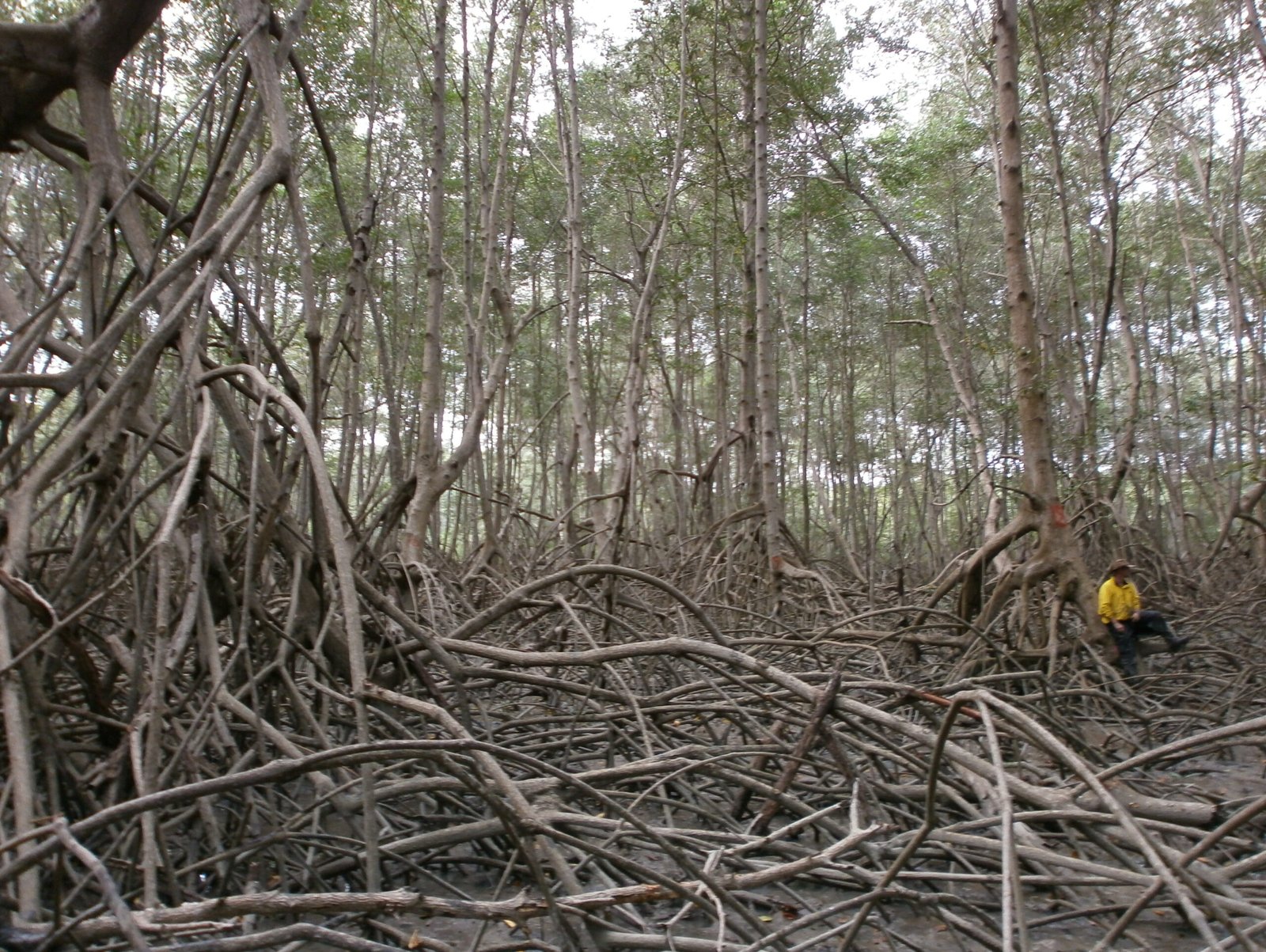
While rainforests are often hailed as the lungs of the planet, mangroves play an equally significant role in carbon sequestration. They capture and store large amounts of carbon dioxide from the atmosphere, locking it away in their biomass and the soil. This makes mangroves powerful allies in the fight against climate change. Studies show that, per unit area, mangroves can store up to four times more carbon than rainforests. By preventing this carbon from re-entering the atmosphere, mangroves help mitigate global warming and its associated impacts.
Natural Water Purifiers
Mangroves are nature’s water purifiers. They filter pollutants and sediments from the water, improving water quality and clarity. As water flows through mangrove forests, the intricate root systems trap debris and absorb excess nutrients, preventing them from reaching coral reefs and other sensitive marine environments. This natural filtration system supports the health of coastal waters, promoting the growth of seagrass beds and coral reefs. The ability of mangroves to cleanse water is yet another testament to their ecological importance.
Economic and Cultural Significance
Beyond their ecological benefits, mangroves hold significant economic and cultural value for many coastal communities. They support fisheries, tourism, and timber industries, providing livelihoods for millions of people worldwide. In some cultures, mangroves hold spiritual significance, embodying a connection to nature and ancestral traditions. The economic and cultural ties to mangroves underscore the need for their preservation and sustainable management, ensuring that future generations can continue to benefit from these invaluable ecosystems.
Threats to Mangrove Ecosystems
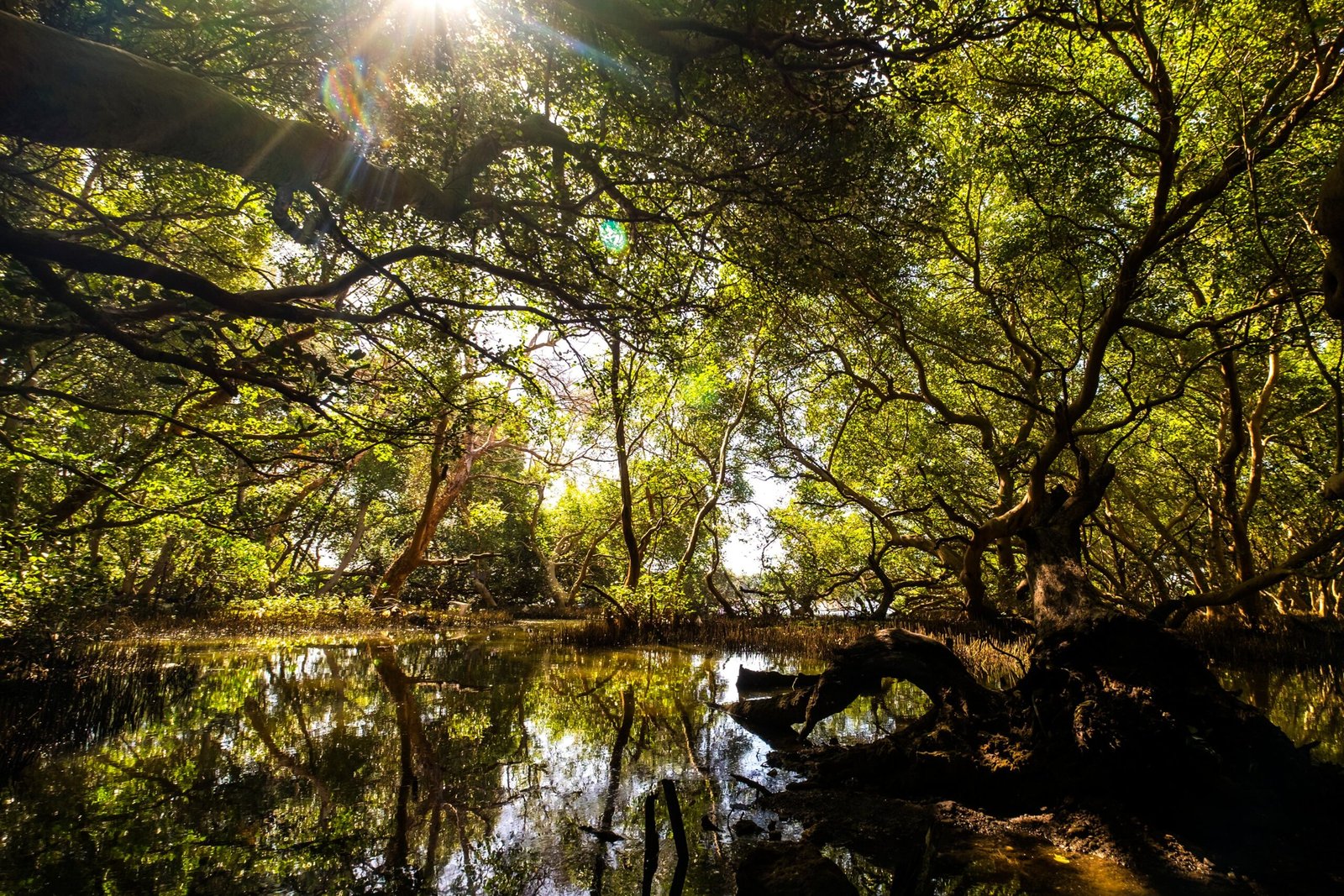
Despite their importance, mangroves face numerous threats from human activities and environmental changes. Coastal development, pollution, and deforestation are leading causes of mangrove degradation. Additionally, rising sea levels and climate change pose significant risks to these ecosystems. The loss of mangroves not only threatens biodiversity and coastal protection but also releases stored carbon back into the atmosphere, exacerbating climate change. Protecting mangroves is critical to preserving their ecological functions and the benefits they provide to humanity.
Conservation Efforts and Restoration
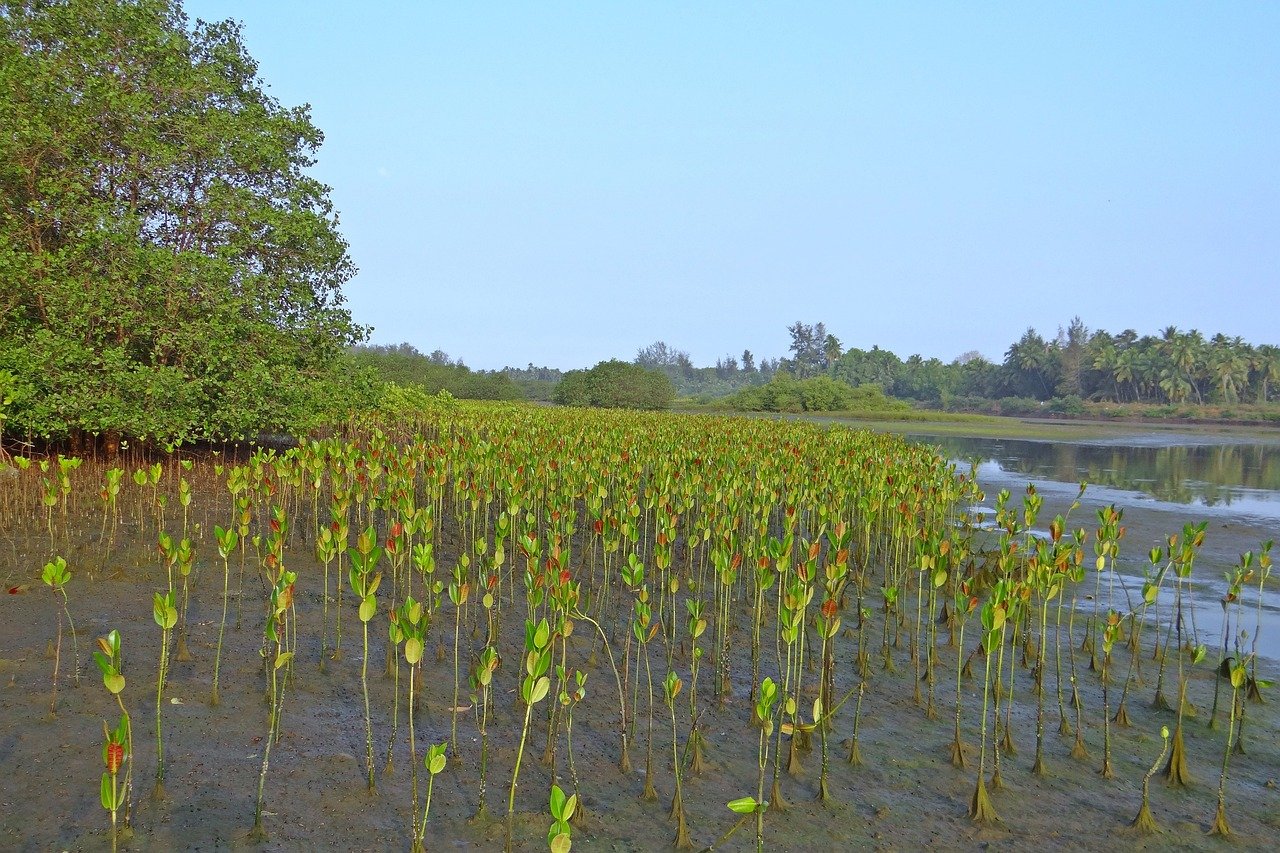
Efforts to conserve and restore mangroves are gaining momentum worldwide. Many organizations and governments are recognizing the importance of mangroves and implementing measures to protect them. Restoration projects focus on replanting mangrove seedlings and rehabilitating degraded areas, aiming to revive these ecosystems and their services. Community involvement is key to successful conservation, as local knowledge and participation are essential for sustainable management. By embracing conservation efforts, we can ensure the survival of mangroves and the myriad benefits they offer.
The Role of Education and Awareness
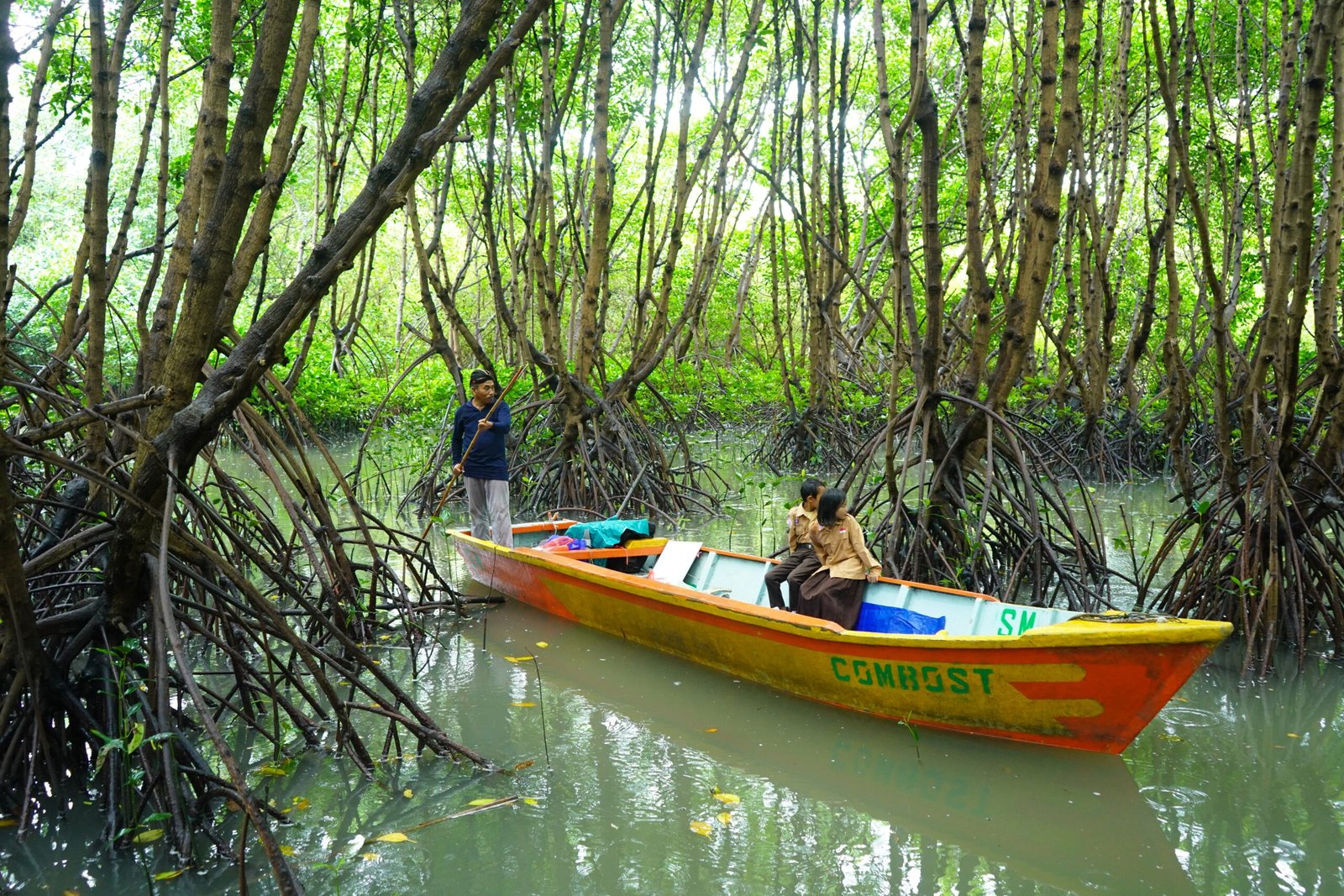
Raising awareness about the value of mangroves is crucial for their protection. Education initiatives aimed at schools, communities, and policymakers can foster a deeper understanding of mangroves’ ecological roles and the threats they face. By promoting appreciation and stewardship of mangroves, we can inspire collective action to safeguard these vital ecosystems. Empowering individuals with knowledge and resources encourages responsible behavior and advocacy, paving the way for a future where mangroves continue to thrive.
A Call to Action for the Future
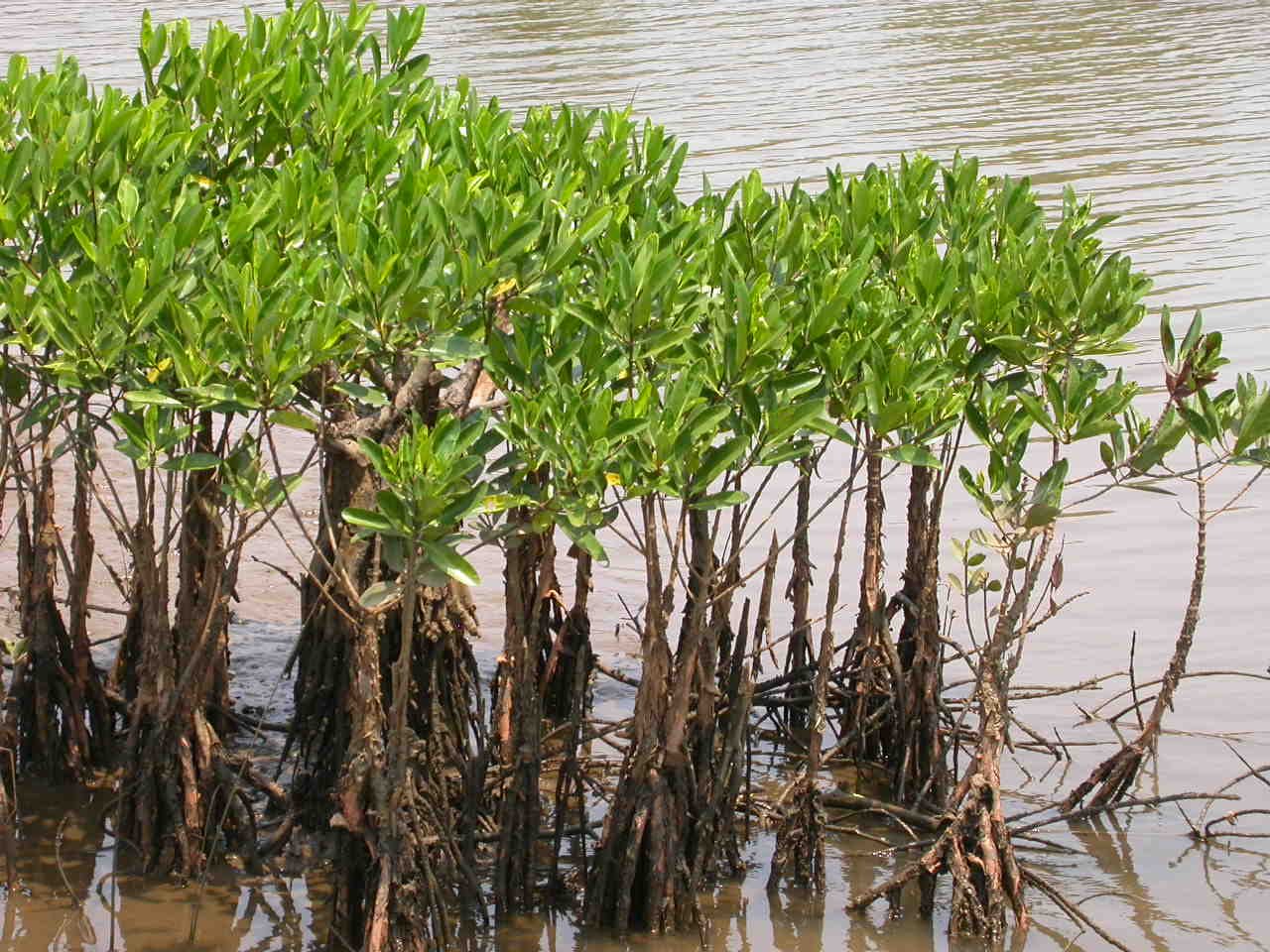
The future of mangroves depends on our collective efforts to protect and restore them. As stewards of the planet, we have a responsibility to preserve these ecosystems for the benefit of future generations. By supporting conservation initiatives, reducing our carbon footprint, and advocating for sustainable practices, we can contribute to the health and resilience of mangroves. Let us embrace the challenge and act now to ensure that these remarkable ecosystems continue to protect our coastlines and store carbon, playing a pivotal role in the fight against climate change.




